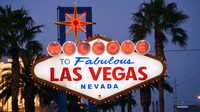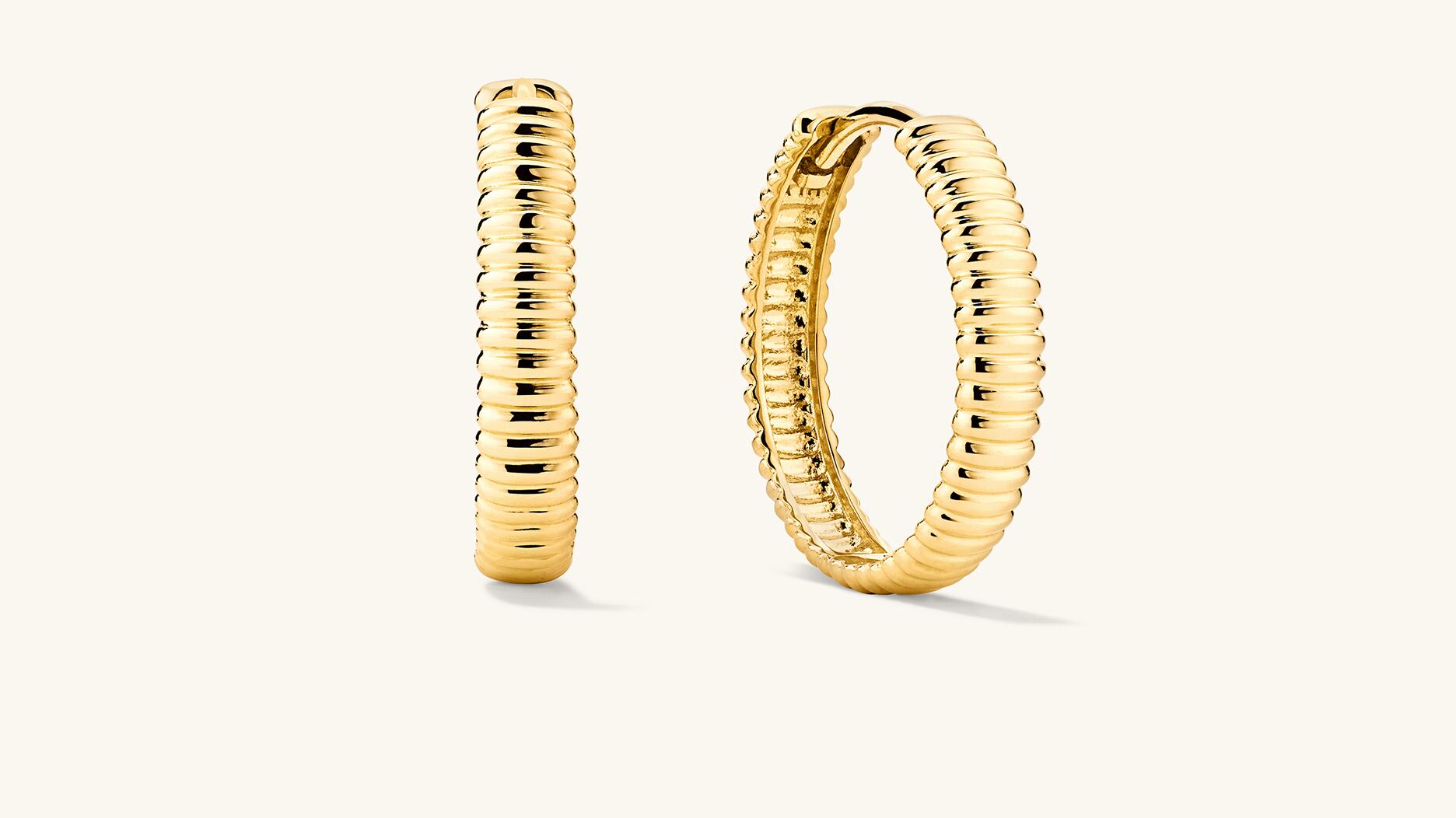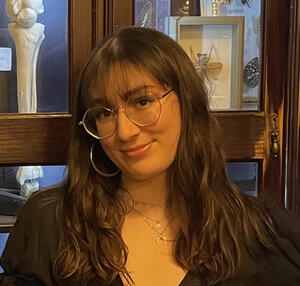NDC Prevails in U.K. Case Over Lab-Grown Diamond Advertising
NDC filed a complaint against Skydiamond for use of phrases like “diamonds made entirely from the sky.”

London—The U.K.’s Advertising Standards Authority (ASA) announced it has upheld the Natural Diamond Council’s complaint against retailer Skydiamond for misleading marketing and advertisement of lab-grown diamonds.
The online fine jewelry retailer uses a patented process to create diamonds from atmospheric carbon dioxide and rainwater using renewable energy from solar and wind power, its website states.
The NDC’s complaint alleged that it was misleading for Skydiamond to use the terms “Skydiamonds,” “diamonds,” and “diamonds made entirely from the sky” in ads it featured in early 2023 in press, on its Instagram, and on its website.
It also called into question the use of the words “real diamond” in a section of the retailer’s FAQ page that answered the question “Are Skydiamonds real diamonds?” with “Each Skydiamond is a perfectly formed real diamond.”
In its ruling, the ASA, which is the U.K. equivalent of the Federal Trade Commission (FTC), sided with NDC, stating that the ads did not make it clear that the diamonds were lab grown.
It also said the above terms were misleading, and the ads breached the U.K. Code of Non-Broadcast Advertising, Sales Promotion and Direct Marketing rules 3.1 and 3.3, with regards to misleading advertising, and 3.9, with regards to qualification.
The code states, “marketing communications must not mislead the consumer by omitting material information. They must not mislead by hiding material information or presenting it in an unclear, unintelligible, ambiguous, or untimely manner.”
All of Skydiamond’s ads included clear gemstones and references to diamonds, the ruling said, and it considered consumers would understand “diamond” in insolation to mean a naturally occurring mineral of crystallized carbon.
While some consumers would be aware that diamonds could be manufactured in a lab, ASA said, many would not.
ASA directed Skydiamond not to use the above terms to describe their lab-grown diamonds without a clear and prominent qualifier, such as “synthetic,” “laboratory-grown” or “laboratory-created,” or another way of conveying the same meaning to consumers in a direct and obvious manner.
It also told the retailer the ads must not appear again in the form complained about, and to not use the claim “real diamonds” to describe lab-grown diamonds.
Skydiamond said it plans to appeal the ruling, calling it “a mistake.”
“Our website and all of our marketing, indeed our very name, make clear that our diamonds come from the sky, we make them or mine them from the sky," said Dale Vince, founder of Skydiamond.
"We make that very clear. Nobody could possibly think they are conventional stones ripped from the bowels of the earth at enormous environmental cost, and nobody actually has. This complaint is not based on actual confusion on the part of customer; it comes from the trade body for diamond mining companies, [and] it is an attempt to use the ASA for anti-competitive purposes and it utterly baseless."
The NDC, which filed in March 2023, based its complaint on the Diamond Terminology Guideline, a reference document that, as of 2020, is assured and recognized by Trading Standards in the U.K. market.
The U.K.’s National Association of Jewellers, along with leading industry organizations, have endorsed the guideline, which is built on the ISO 18323 Standard (“Jewellery – Consumer confidence in the diamond industry”) and the CIBJO Diamond Blue Book.
The FTC has its own rules on diamond terminology, but it is not recognized for diamonds sold outside the United States.
The Diamond Terminology Guideline states that all documents, websites, and other means of communication intended to sell, buy, and promote natural diamonds, lab-grown diamonds, gemstones, lab reports, and natural and lab-grown diamond jewelry must use “synthetic,” “laboratory-grown” or “laboratory-created” when referring to lab-grown diamonds, a directive the ASA references in its ruling.
In one section of its lengthy response to NDC’s complaint, Skydiamond called the guideline a tool that “should not be, and did not profess to be, the only basis for defining the origin of a diamond or for determining definitively whether diamond ads were misleading to an average consumer.”
Skydiamond also argued that of the 23 steps in its “novel and innovative” production process, only the CVD step was shared with conventional lab-grown diamond production processes, and commercialization of its process post-dated the introduction of the Diamond Terminology Guideline, so it was not considered for inclusion.
The ASA acknowledged in its ruling that the guideline had been updated in 2023, but there were no major changes to the 2020 version.
And, although it agrees Skydiamond’s production process differs from other diamond growers, ASA said the diamonds were lab grown nonetheless and consumers needed to know that before making a transactional decision.
The NDC’s complaint to the ASA regarding misleading terminology in advertisements for lab-grown diamonds initially included three other U.K. retailers—Stephen Webster, Lark & Berry, and Idyl.
According to NDC, ASA dropped its case against Stephen Webster but did note that its ruling in the Skydiamond case also applies to Stephen Webster’s marketing and communications.
A spokesperson for Stephen Webster said the company had no comment on the ruling.
The ASA investigated ads from the other two retailers and considered them to be in breach of code—Lark & Berry for the use of “cultured diamond” and “diamond” without a qualifier when referring to synthetic diamonds, and Idyl for the use of the terms “diamonds,” “diamond sparkle,” “fine diamond jewelry,” “sustainable diamonds,” and “Diamonds of the Future” in the same context.
Lark & Berry agreed to amend the ads with qualifiers such as “synthetic,” “laboratory-grown,” and “laboratory-created.”
Idyl also agreed to amend their advertisements that targeted U.K. consumers.
Both rulings have been published as informally resolved on ASA’s website.
The Latest

Said to be the first to write a jewelry sales manual for the industry, Zell is remembered for his zest for life.

The company outfitted the Polaris Dawn spaceflight crew with watches that will later be auctioned off to benefit St. Jude’s.

A buyer paid more than $100,000 for the gemstone known as “Little Willie,” setting a new auction record for a Scottish freshwater pearl.

Supplier Spotlight Sponsored by GIA.
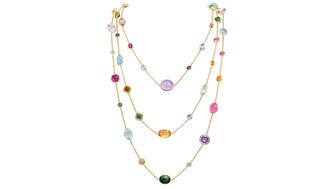
Anita Gumuchian created the 18-karat yellow gold necklace using 189 carats of colored gemstones she spent the last 40 years collecting.

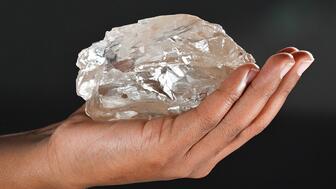
The giant gem came from Karowe, the same mine that yielded the 1,109-carat Lesedi La Rona and the 1,758-carat Sewelô diamond.
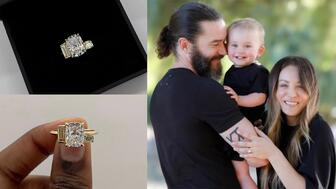
The three-stone ring was designed by Shahla Karimi Jewelry and represents Cuoco, her fiancé Tom Pelphrey, and their child.

Supplier Spotlight Sponsored by GIA
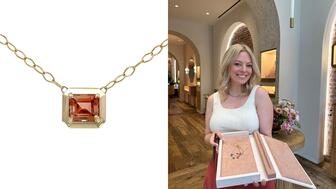
The Manhattan jewelry store has partnered with Xarissa B. of Jewel Boxing on a necklace capsule collection.

Acting as temporary virtual Post-it notes, Notes are designed to help strengthen mutual connections, not reach new audiences.
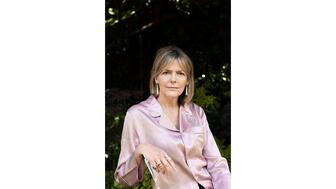
The jewelry historian discusses the history and cultural significance of jewelry throughout time and across the globe.

From fringe and tassels to pieces that give the illusion they are in motion, jewelry with movement is trending.
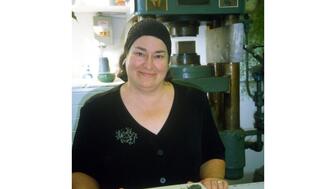
The designer and maker found community around her Philadelphia studio and creative inspiration on the sidewalks below it.

The change to accepted payment methods for Google Ads might seem like an irritation but actually is an opportunity, Emmanuel Raheb writes.

The industry consultant’s new book focuses on what she learned as an athlete recovering from a broken back.
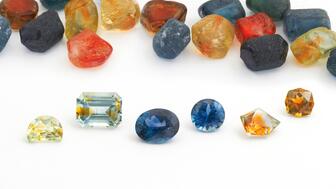
The fair will take place on the West Coast for the first time, hosted by Altana Fine Jewelry in Oakland, California.

Hillelson is a second-generation diamantaire and CEO of Owl Financial Group.
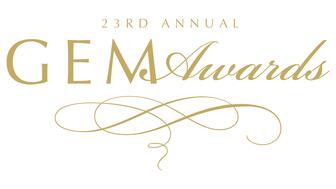
Submissions in the categories of Jewelry Design, Media Excellence, and Retail Excellence will be accepted through this Friday, Aug. 23.
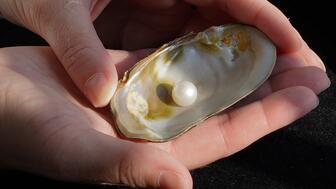
Known as “Little Willie,” it’s the largest freshwater pearl found in recent history in Scotland and is notable for its shape and color.
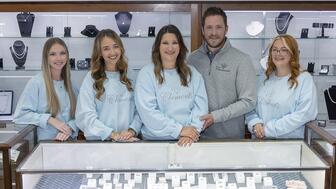
Clements Jewelers in Madisonville cited competition from larger retailers and online sellers as the driving factor.
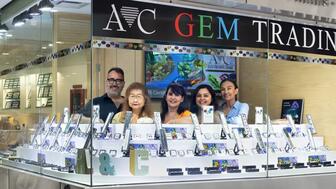
The gemstone company is moving to the Ross Metal Exchange in New York City’s Diamond District.

Most of the 18th century royal jewelry taken from the Green Vault Museum in Dresden, Germany, in 2019 went back on display this week.

The Pittsburgh jeweler has opened a store in the nearby Nemacolin resort.
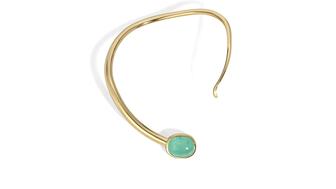
With a 40-carat cabochon emerald, this necklace is as powerful and elegant as a cat.

The Erlanger, Kentucky-based company was recognized for its reliability when it comes to repairs and fast turnaround times.
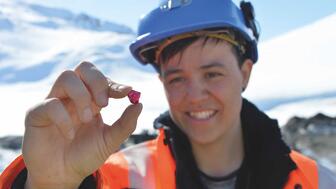
Unable to pay its debts, the ruby and sapphire miner is looking to restructure and become a “competitive and attractive” company.
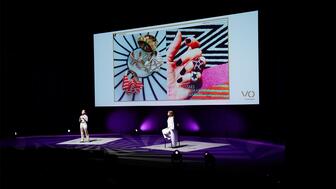
The trend forecaster’s latest guide has intel on upcoming trends in the jewelry market.
